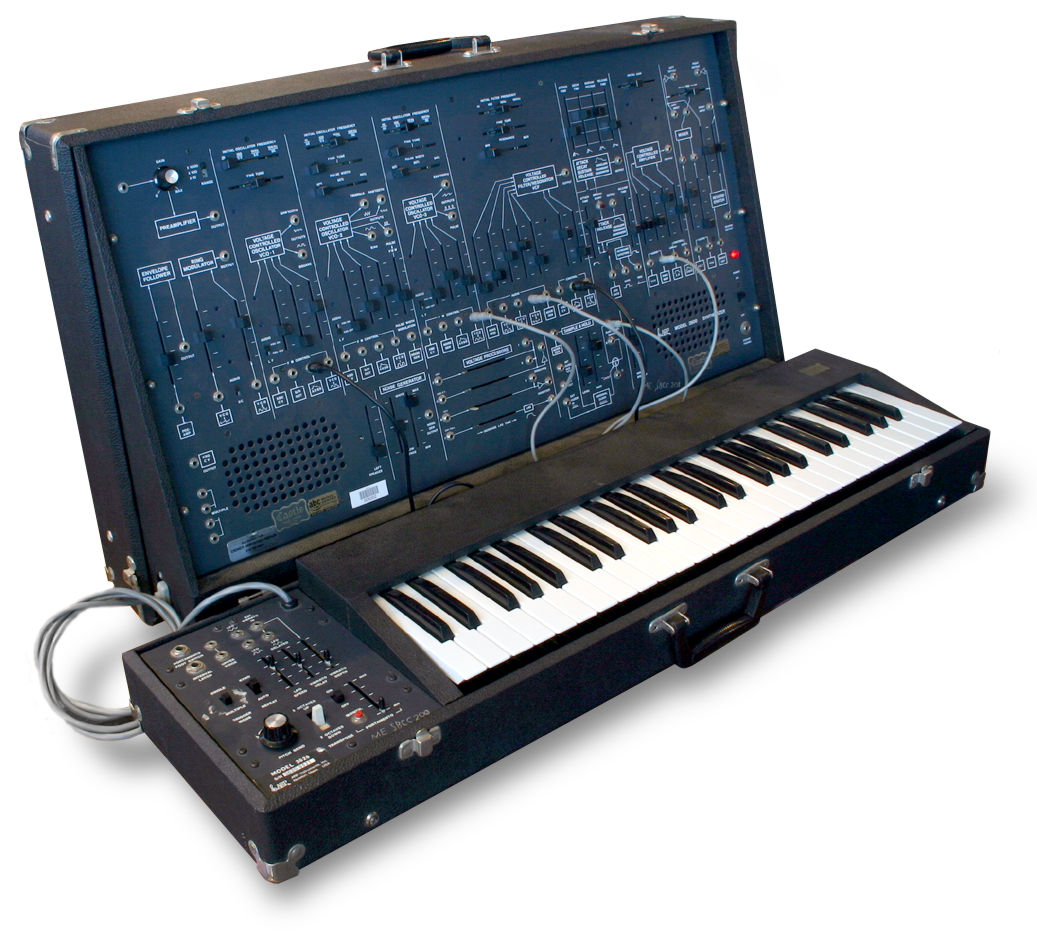
California Sounds
There’s an arboretum on the outskirts of the University of Kentucky campus that draws over 200,000 visitors a year. Its hundred acres boast fragrance gardens awash in heirloom roses, an educational area for children and a nature walk called The Kentucky Trail showcasing wildlife found across the state. Most notable perhaps are the 47 silver birds rising over a granite base in tribute to the 47 victims of the 2006 Comair crash at Bluegrass Field.
These manicured grounds didn’t exist when I lived there in the 1970s. Back then, fields of corn and tobacco swayed over knee-high grass with stacks of coal jetting up from a caged-in patch of land. It was a place to pursue fireflies on summer evenings and wade through drifts of snow in the winter. Or if you were devious, you dug little graves under the corn husks to stash stolen cigarettes and other contraband. Not that I’d know anything about that.
At this park’s edge looms a 500,000 gallon, 150-foot water tower. It’s all that remains of my childhood memory of those fields. I used to worry about the tank bursting. Would our streets flood, our homes get destroyed? And yet I longed to stand atop the thing too. My friends and I often rode our bikes to its base and stared up. Overhead, we’d see the ladder scaling its northern face, which led to a walkway that surveyed the entire county. And above that, a second ladder crawled to the top-most point of its dome. Could we still breathe that high? Would we even be brave enough to look down?
We never found out. But (suburban) legend had it that a few of the older kids had managed to grab hold of the bottom rung and start the ascent. There were no signs of graffiti along the upper basin at least. No markings along the pole that supported the ladder. Then again, at some point they fenced it off. The truth of these escapades was never really the point. It was the lore of it. The hope that we could do fearless feats too.
The UK arboretum glides downhill to a two-lane road, a small artery for campus traffic. This is where the school halls start to appear, getting denser the farther north you go. The campus then converges with a modest downtown populated by banks and insurance companies. These were my neighbors growing up. Salesmen who crammed Cadillacs and fishing boats up their slanted driveways. In contrast, my best friend, Sean, was the son of an orthodontics professor, making him the only other kid besides me whose dad taught at the university. Together we were the non-jock weirdos who thought building model airplanes was way cooler than playing with daddy’s guns.
***
It was against this mid-century landscape that the city’s first skyscraper, Kincaid Towers, began to rise. This foray into big city living would be the tallest structure in Lexington and the third tallest in Kentucky at the time. Adding to the town’s excitement, its construction was to provide the setting for the upcoming Lee Majors and George Kennedy thriller, Steel.
In one pivotal scene, Kennedy in the role of Big Lew Cassidy falls to his death from the top floor, 333 feet above the street. Tragically, the man who performed the stunt, A.J. Bakunas, died when the airbag below split open on impact. The next morning the local paper led with images of stunned spectators gawking at the collapsed bag. It’s all anyone talked about for a time, much like it was living in the New York City post-9/11. Everywhere you went, that was the conversation.
Bakunas’s death occurred not long after a student at our school got struck and killed riding his bike. Our idyllic neighborhood had been shaken by the incident, but among my peers, it became something of a project. We’d ride our bikes over to the chalk marks that outlined his body and then point in awe–and in horror–at the blood stain still present near the top of the outline. These twin impact deaths served as reminders of our own mortality and how quickly life can end, though I don’t think we thought that deeply about it then.
***
 Lexington had a wealth class that coexisted with the rest of us normies. Even at my junior high school, judging eyeballs would scan our shoes, then the logos on our shirts, and eventually the car driven by our parents. Mine drove a 1974 Fiat hatchback purchased while living in Europe on academic sabbatical. That single car served our family for years afterward even if it lacked air conditioning and still reeked of a vinyl cooked by a cross-country trip through the Salt Flats of Utah. Since I was still cooking myself, so to speak, clothing purchases were kept at a minimum. I was reminded that it was wasteful to spend too much on that which I’d just outgrow anyway. Needless to say, any dreams I had of owning a pastel golf shirt with an alligator on the chest would require my own initiative, which meant I mostly wore knock-offs from the local McAlpin’s.
Lexington had a wealth class that coexisted with the rest of us normies. Even at my junior high school, judging eyeballs would scan our shoes, then the logos on our shirts, and eventually the car driven by our parents. Mine drove a 1974 Fiat hatchback purchased while living in Europe on academic sabbatical. That single car served our family for years afterward even if it lacked air conditioning and still reeked of a vinyl cooked by a cross-country trip through the Salt Flats of Utah. Since I was still cooking myself, so to speak, clothing purchases were kept at a minimum. I was reminded that it was wasteful to spend too much on that which I’d just outgrow anyway. Needless to say, any dreams I had of owning a pastel golf shirt with an alligator on the chest would require my own initiative, which meant I mostly wore knock-offs from the local McAlpin’s.
We could always manage a record, though. Most cost between four and six dollars, slightly more than the price of a movie and certainly longer lasting. Fifty years later, I still own many of those LPs.
But record purchases, like clothing, were also judged. At first it was easy to conform. Fleetwood Mac had dropped Rumors and everyone was singing “Thunder only happens when it’s raining…”. When the Eagles unleashed Hotel California, we knew every word and even spun up our own stories about that dreaded establishment with its Steely Knife. But then I bought Stevie Wonder’s Songs in the Key of Life and it was bye, bye Glenn Frey. I loved every single track and wanting more, began exploring his other albums and other albums like it. On this my friend Sean and I agreed. The rest of our peers parted ways over such pursuits.

And soon I would part ways with the entire town. In 1980 my family left the green acres of Kentucky for the shockingly ugly weed grass of Houston. It was a climate filled with flying brown bugs and worse yet, a neighborhood with no kids my age. Or maybe that was a blessing. For the remainder of my high school years, I spent most of my time alone in a converted attic bedroom, my face pressed to an electric fan. Then the cable era dawned and with it I became a child of MTV. My tastes pivoted to a weird mix of new wave, soul and what we now call Yacht Rock. I loved Toto and The Cars in equal measure. And I wore out Thriller, especially those last three songs (Human Nature, P.Y.T, and The Lady In My Life). I often tore the synth ads from Keyboard magazine and taped them over my bed. These were the keyboards I saw on MTV and Soul Train, the ones I could never afford — $4000 for a Prophet-5, in 1981 dollars?
Lexington became a fuzzy memory because the future was now. I mostly remembered clinging to a disdain for arena rock and specifically, the California sound so keenly associated with growing up there.
***
Decades later, it feels natural to immerse oneself in this previously-maligned California sound. Maybe things changed a bit upon learning that a 16-year-old Jackson Browne had written Nico’s “These Days.” He also did the track’s intricate guitar picking, which adds buoyancy to her laconic vocals. This led to an exploration of Browne classics like The Pretender and For Everyman.

Then there are the Joe Walsh solo albums. His early output including classics from The James Gang and Barnstorm all showcase his exceptional songwriting talent. And yet for years I associated him with the dipshit rich kids who inhabited my world, those entitled deviants who puffed dirt weed while dancing around to “Life’s Been Good To Me.” I have since realized that you can sometimes forgive a song if you play the entire record. In the case of But Seriously, Folks, tunes like “Tomorrow” and “Indian Summer” prove that point.
A band like Little Feat also seems more palatable now. After all, Lowell George was the father of Inara George, one half of the genius pop duo The Bird and The Bee. Jackson Browne wrote “Of Missing Persons” in her honor when Lowell died of a drug-related heart attack at age 34. Inara was only five then. I saw Jackson Browne perform this song on the Hold Out tour my first year in Houston, thanks to a nice neighbor who took me to see him. I’ll never forget the crowd’s reaction to him singing the line, “They’re walking slow in Houston…”
***








